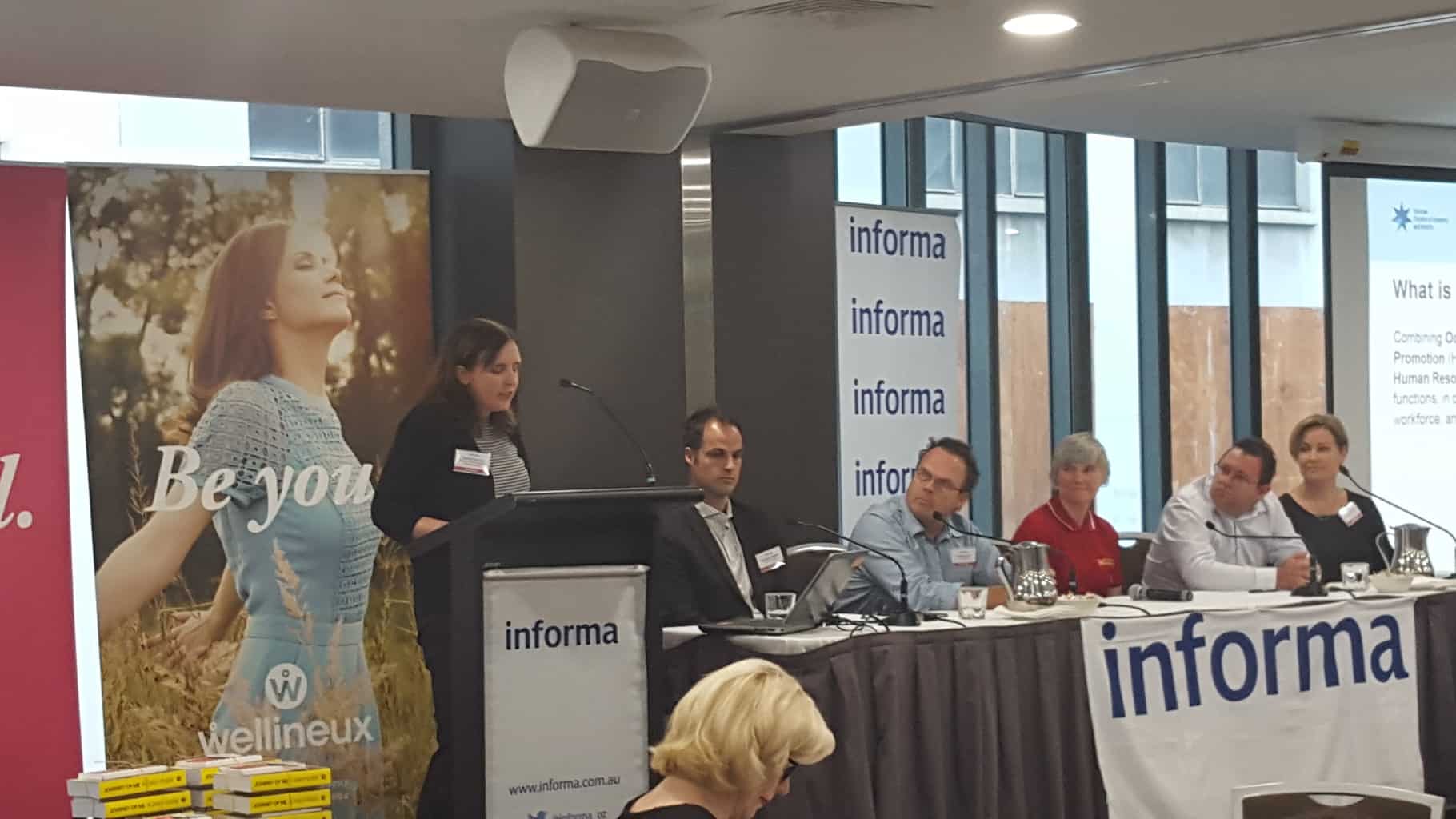Already a member? Log in here
Category: Premium
Diverse panel adds authority to Workhealth Improvement Network
 The 2016
The 2016
OHS is not broken but does need attention
Recently an article was posted on SHPOnline called “Health and safety needs a re-brand“. The article by Anna Keen ties in with the Safety Differently or Safety 1-Safety 2 movements but needs to be considered carefully.
The street interviews were conducted in England where occupational health and safety (OHS) has undergone such a slagging off by the tabloid media that the Health and Safety Executive had to devote resources to countering the misrepresentation of OHS. This misrepresentation has been occurring since the mid-2000s. The video in the article is conformation of the success of the tabloid media outrage that even led to a pathetic attempt at comedy at OHS’s expense.
OHS, particularly in the United Kingdom but less so in Australia, has a perception problem which is clear from the video but will re-branding be enough?
Suicide Prevention Forum and Mental Health First Aid for workers
In March 2016, the Australian Bureau of Statistics released its latest figures into the causes of death. A lot of media attention was given to the figures showing an increase in the suicide rate. It found that
“Among those aged 15 to 44, the leading causes of death were Intentional self-harm (suicide)…”

On the day those figures were released, the
Sedentary work risks – two new research reports
WorkSafe and politicians continue to confuse
On March 4, 2016 WorkSafe Victoria released a media statement with the headline:
“WorkSafe announces new safety record in half-year results”
The headline was reinforced (or the other way round) in the body of the statement with
“The rate of injuries in Victorian workplaces has reached a new record low, according to the half-yearly results released yesterday by WorkSafe Victoria.”
But then states that
“As of 31 December 2015 there were 7 claims per million hours worked (MHW) in Victorian workplaces, compared to 7.34 claims recorded at the end of 2014/15 – a fall of 4.6 per cent.”
So what is it – a record low number of injuries or a record low number of workers’ compensation claims?
Labour Hire Inquiry submissions address OHS, sort of
The Victorian Government has concluded the public hearing section of its inquiry into Labour Hire. Industrial Relations Minister Natalie Hutchins has said in a media release that
“Evidence has been put to the inquiry suggesting widespread underpayment of award wages, tax avoidance, nonpayment of superannuation, poor occupational health and safety practices, maltreatment of workers and backpackers on visas, and, in some instances, allegations of illegal conduct.”
This article focusses on the occupational health and safety (OHS) evidence provided through the
